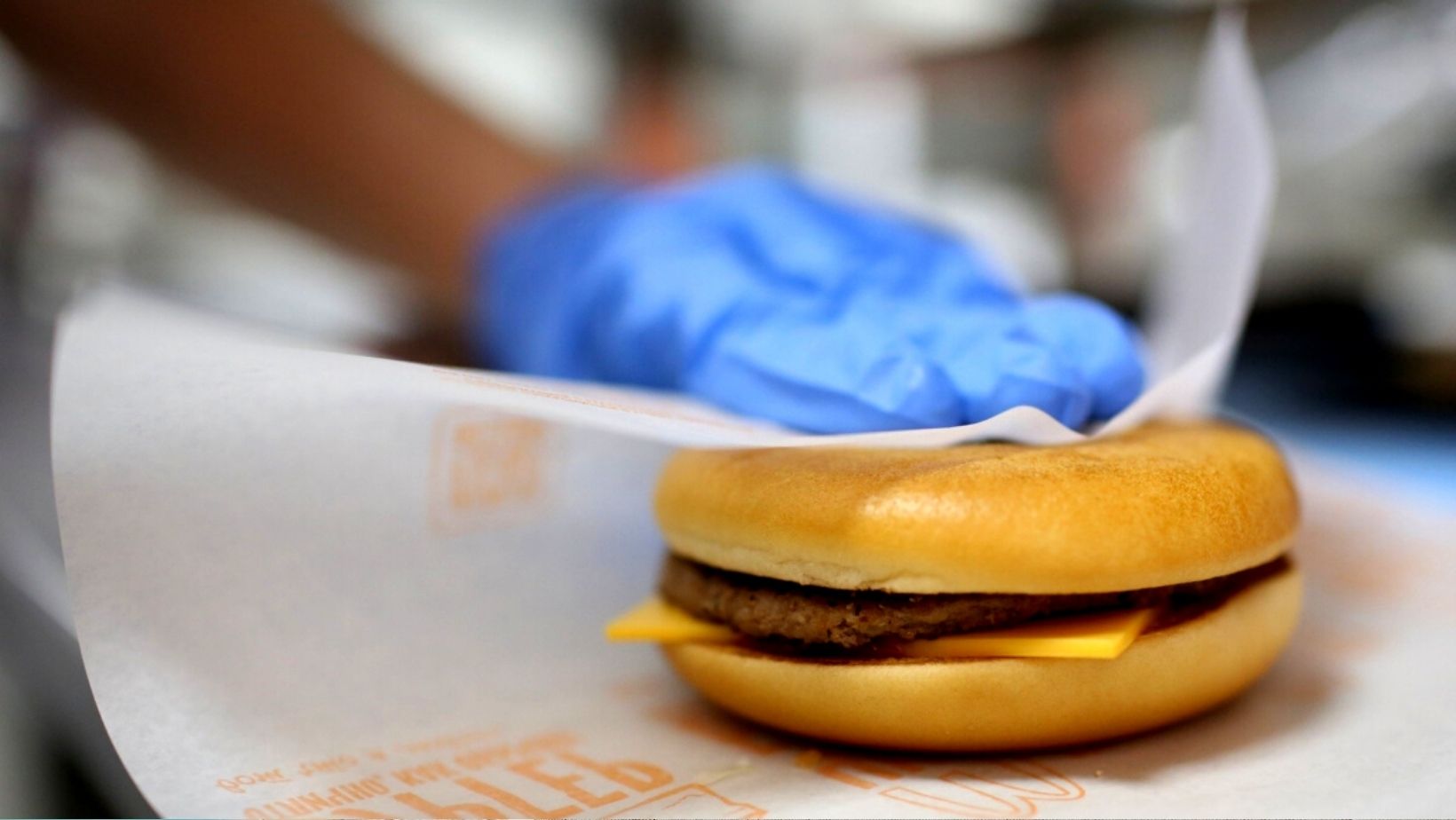A coalition of civil society organizations samples paper food packaging articles from major fast-food chains and supermarkets across six European countries.
Chemical analysis finds 32 articles were intentionally treated with per- and polyfluoroalkyl substances (PFAS); differences identified among countries, results show the currently few national regulations on PFAS are effective where they are in place
On May 21, 2021, a coalition of European civil society organizations announced the release of a report finding per- and polyfluoroalkyl substances (PFAS) present in a range of food packaging articles (burger packaging, french fries bags, pizza boxes, etc.) collected from major international fast-food chain restaurants.
The study collected 99 samples from takeaway restaurants, supermarkets, and online shops in six European countries (the Czech Republic, Denmark, France, Germany, the Netherlands, and the United Kingdom).
42 of the samples were sent for closer analysis, and 32 showed evidence of intentional treatment with PFAS based on total organic fluorine levels. The report provides a full set of analysis results for all samples, and variation was found across countries.
For example, none of the McDonald’s french fries paper bags bought in Denmark had signs of PFAS treatment, whereas this same item, when sampled in the Czech Republic and the United Kingdom, did.
As Denmark legally restricted the use of PFAS in paper packaging starting in July 2020, the authors see the results of their analysis as a clear sign “that legislation can and does protect people from exposure to harmful chemicals.”
“When Europe’s stated objective is zero pollution for a non-toxic environment, we cannot accept that food packaging disposed of within a matter of minutes is treated with chemicals that persist and accumulate in the environment and are increasingly being associated with severe health impacts.
Multiple international restaurants and other organizations have begun moving away from the use of PFAS altogether while local governments and national health organizations are also beginning to strengthen regulations around the highly persistent substances.
What is PFAS?
PFAS has been used in commercial products since the 1940s. It’s created by joining carbon and fluorine, one of the strongest bonds that can be made in organic chemistry.
It’s that bond that’s at the root of why PFAS chemicals are used to make everyday items resistant to moisture, heat, and stains. Some of the most commonly used PFAS chemicals, like PFOS and PFOA (perfluorooctanesulfonic acid and perfluorooctanoic acid) have long half-lives, earning them the moniker “the forever chemical.”
More info about PFAS here.
-
NEWSLETTER
Subscribe for our daily news











